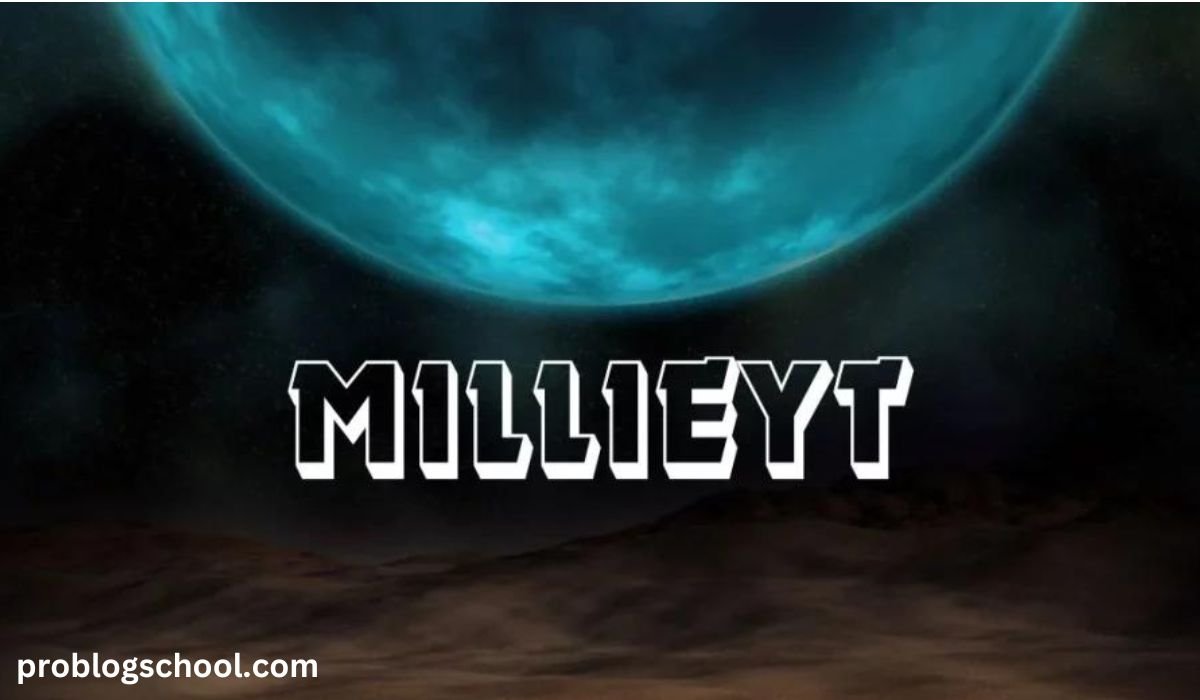Introduction
Imagine a concept so deeply woven into the fabric of culture that it influences individual behavior, societal structures, and historical developments alike. This is the essence of Mıllıeyt. But what exactly is Mıllıeyt, and why does it hold such significance? In this article, we will delve into the core attributes, historical evolution, and contemporary relevance of Mıllıeyt, providing a thorough understanding of its multifaceted nature.
Understanding Mıllıeyt
Defining Mıllıeyt
Mıllıeyt is a term rich in philosophical and cultural dimensions. At its core, Mıllıeyt can be understood as a concept that represents a collective identity or a set of values shared by a particular community or nation.
- Core Concepts and Attributes: Mıllıeyt often encapsulates nationalistic and cultural elements that define a group’s unique identity. It includes an array of beliefs, traditions, and historical experiences that shape the group’s worldview.
- Philosophical and Spiritual Underpinnings: Beyond the surface, Mıllıeyt is deeply intertwined with spiritual and philosophical ideas. It represents a shared consciousness that reflects both the spiritual and the practical aspects of life within a community.
- Cultural Variations and Interpretations: The concept of Mıllıeyt varies significantly across different cultures. While the foundational idea of a shared identity remains constant, the expressions and interpretations of Mıllıeyt differ, shaped by local traditions and historical contexts.
Components of Mıllıeyt
To fully grasp Mıllıeyt, it’s essential to explore its key components:
- Key Elements: The primary elements of Mıllıeyt include language, customs, values, and historical narratives. These components work together to create a cohesive sense of belonging and identity among members of the community.
- Interconnectedness: Each element of Mıllıeyt is interconnected, contributing to a larger, unified understanding of cultural and national identity. Language, for instance, not only facilitates communication but also carries historical and cultural connotations that reinforce Mıllıeyt.
- Practical Applications: In daily life, Mıllıeyt manifests in various ways, from cultural festivals and traditional practices to collective values and societal norms. These applications reinforce the sense of belonging and continuity among individuals.
Mıllıeyt Through the Ages
Historical Roots
To appreciate the depth of Mıllıeyt, one must look at its historical origins:
- Tracing Mıllıeyt Back to Its Origins: The concept of Mıllıeyt has ancient roots, often emerging in the context of early civilizations where communal identity was crucial for survival and cohesion.
- Evolution Over Time: As societies evolved, so did Mıllıeyt. Historical events such as conquests, migrations, and cultural exchanges have influenced its development, leading to the diverse interpretations seen today.
- Impact of Historical Events: Major historical milestones, such as wars, revolutions, and periods of colonization, have played a significant role in shaping the current understanding of Mıllıeyt. These events have often challenged and redefined communal identities.
Mıllıeyt in Different Cultures
Examining Mıllıeyt across various cultures reveals both commonalities and differences:
- Comparative Analysis: While Mıllıeyt universally represents a shared identity, the specific manifestations of this concept can vary widely. For example, the way Mıllıeyt is expressed in Eastern cultures may differ from its expression in Western cultures.
- Commonalities and Differences: Despite these differences, there are core similarities in how Mıllıeyt functions as a unifying force within communities. This includes fostering a sense of belonging and preserving cultural heritage.
- Cultural Nuances: Each culture brings its own nuances to Mıllıeyt, influenced by local traditions, religious beliefs, and historical experiences. These nuances contribute to the rich diversity of Mıllıeyt across the globe.
The Significance of Mıllıeyt
Individual Impact
The influence of Mıllıeyt on individuals is profound:
- Shaping Personal Identity: Mıllıeyt helps individuals form a sense of self that is connected to a larger community. This sense of belonging can enhance personal identity and self-esteem.
- Benefits of Cultivating Mıllıeyt: Embracing Mıllıeyt can lead to a deeper understanding of one’s cultural heritage and values, providing a source of strength and resilience in facing life’s challenges.
- Overcoming Challenges: By fostering a strong sense of identity and community, Mıllıeyt can help individuals navigate and overcome personal and societal challenges.
Community and Societal Impact
Mıllıeyt also plays a crucial role in shaping communities and societies:
- Fostering Strong Communities: Mıllıeyt can strengthen community bonds by promoting shared values and collective goals. This, in turn, helps build supportive and cohesive communities.
- Catalyst for Social Change: Throughout history, Mıllıeyt has been a driving force behind social movements and reforms. Its emphasis on collective identity can inspire and mobilize individuals for social change.
- Contribution to Harmony: By reinforcing common values and shared goals, Mıllıeyt contributes to a more harmonious society, where differences are celebrated rather than dividing.
Mıllıeyt in the Modern World
Challenges to Mıllıeyt
In today’s rapidly changing world, Mıllıeyt faces several challenges:
- Contemporary Threats: Globalization and cultural homogenization pose threats to traditional Mıllıeyt values. The influx of diverse influences can dilute or overshadow local cultural identities.
- Balancing Tradition with Modernity: Finding a balance between preserving traditional Mıllıeyt values and adapting to modern realities is a significant challenge. This requires careful negotiation between maintaining cultural heritage and embracing innovation.
- Adapting to Changing Times: Mıllıeyt must evolve to remain relevant in the modern context. This involves integrating contemporary issues and perspectives while staying true to core values.
Mıllıeyt’s Relevance Today
Despite these challenges, Mıllıeyt remains relevant in various ways:
- Applications in Modern Contexts: Mıllıeyt continues to influence contemporary practices and policies, from education and media to community initiatives and public life.
- Solution to Contemporary Problems: The principles of Mıllıeyt can offer solutions to current societal issues by promoting unity, cultural understanding, and shared values.
- Inspiring Future Generations: By preserving and adapting Mıllıeyt, future generations can draw on its rich heritage to build a more inclusive and harmonious world.
You May Also Like: Linuxia: The Ultimate Guide to the Linux-Based Operating System
Conclusion
In summary, Mıllıeyt is a multifaceted concept that plays a crucial role in shaping individual identities, community bonds, and societal structures. Its historical roots, cultural variations, and contemporary relevance make it a vital area of study and reflection. Understanding Mıllıeyt helps us appreciate the complexities of cultural identity and the ways in which it continues to influence our lives today.
FAQs
What is Mıllıeyt?
Mıllıeyt is a concept representing collective identity, cultural values, and shared beliefs within a community or nation.
How does Mıllıeyt impact individuals?
Mıllıeyt shapes personal identity and values, providing a sense of belonging and resilience through its cultural and communal connections.
What are the historical origins of Mıllıeyt?
Mıllıeyt has ancient roots, evolving through historical events and cultural exchanges that have influenced its current interpretations.
How does Mıllıeyt vary across cultures?
While the core idea of Mıllıeyt is a shared identity, its expressions and interpretations differ based on local traditions and historical contexts.
What challenges does Mıllıeyt face today?
Mıllıeyt faces challenges from globalization, balancing tradition with modernity, and adapting to contemporary societal changes.











